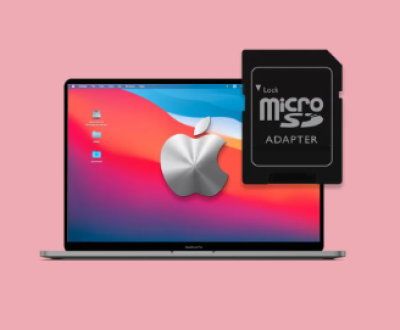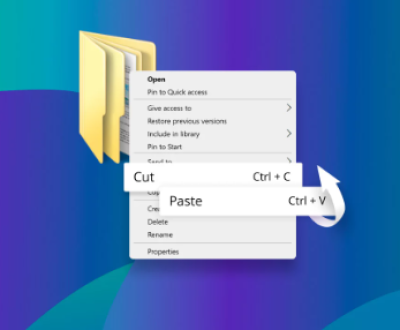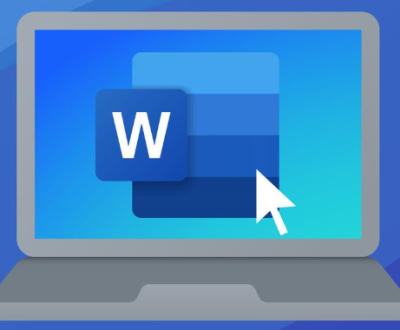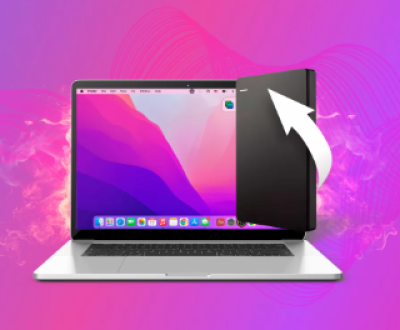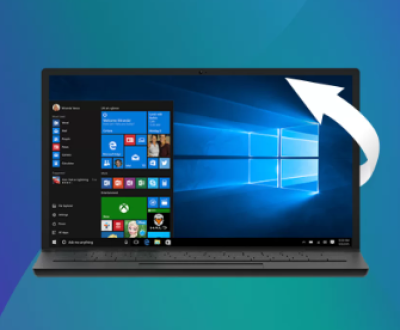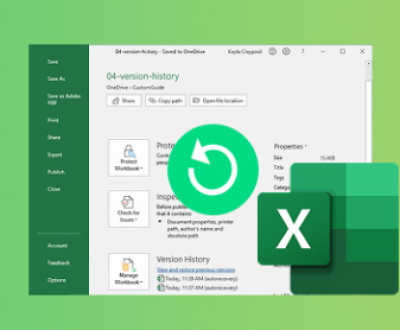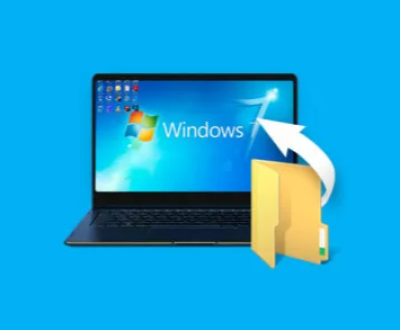Disk Cleanup is a built-in utility in Windows that helps free up disk space by removing unnecessary files, including system files, temporary files, and cached data. It’s an essential tool for maintaining the health of your computer, ensuring that your system runs efficiently and has enough space for important files. However, one common issue users encounter is that the Disk Cleanup tool gets stuck on “Windows Update Cleanup.” This can happen for various reasons and can lead to frustration when trying to regain precious storage space.
Large Update Files: Windows updates often leave behind temporary files and system data. Sometimes, these files are large, and Disk Cleanup can struggle to delete them, especially if they are in use or not properly flagged as safe to remove.

Corrupted Update Files: If an update was not installed properly or left behind corrupted files, Disk Cleanup may not be able to handle them, causing the tool to freeze.
Low System Resources: If your system is low on memory or CPU power, it can impact Disk Cleanup’s ability to function smoothly. Running multiple programs while attempting to clean up the disk can exacerbate this issue.
Inadequate Permissions: Disk Cleanup requires administrative privileges to delete certain system files, including those related to Windows Updates. If your user account doesn’t have these privileges, the cleanup process can stall.
Background Processes: Sometimes, Windows Update or other system processes are running in the background, which prevents the necessary files from being deleted.
Now that we understand some common causes, let’s explore solutions to fix the problem.
Step 1: Wait for Disk Cleanup to Finish
This might seem like a simple solution, but sometimes, Disk Cleanup takes longer than expected to finish. If the update cleanup process is stuck but not showing any error messages, it could just need more time to complete. Depending on the size of the files and the speed of your system, the process could take anywhere from several minutes to an hour or more.
What to do:
Give Disk Cleanup time to complete. Don’t cancel the process or shut down your computer during this time. If the tool is still stuck after an extended period (e.g., 2 hours or more), you may need to try other troubleshooting steps.
Step 2: Run Disk Cleanup as Administrator
Sometimes Disk Cleanup doesn’t have the necessary permissions to delete system files, including Windows Update files. Running the tool with administrative privileges can solve the problem.
How to do it:
Press Windows Key + S and search for “Disk Cleanup.”
Right-click on “Disk Cleanup” in the search results.
Select Run as Administrator.
Try running the cleanup again to see if it proceeds past the Windows Update Cleanup stage.
Step 3: Use the Windows Update Troubleshooter
If there are issues with Windows Updates themselves, running the built-in Windows Update Troubleshooter can help identify and fix the problem. This tool is designed to find and resolve issues related to Windows Update files and services, potentially allowing Disk Cleanup to complete successfully.
How to use the Windows Update Troubleshooter:
Press Windows Key + I to open Settings.
Go to Update & Security.
In the left sidebar, select Troubleshoot.
Under Get up and running, select Windows Update and click Run the troubleshooter.
Follow the on-screen instructions to allow Windows to detect and fix any issues.
Once the troubleshooter finishes, try running Disk Cleanup again.
Step 4: Clear the Windows Update Cache Manually
Sometimes, Disk Cleanup struggles because it can’t properly clear Windows Update files. In these cases, you may need to manually clear the update cache before trying again. The Windows Update cache stores temporary files related to updates, which can be cleared to resolve issues.
How to clear the Windows Update cache:
Stop Windows Update Services:
Press Windows Key + R, type services.msc, and hit Enter.
Scroll down and find Windows Update in the list of services.
Right-click on Windows Update and select Stop.
Delete Cache Files:
Press Windows Key + R, type C:\Windows\SoftwareDistribution\Download, and press Enter.
Delete all the files in the folder (you may need to provide administrative permissions).
Restart Windows Update Services:
Go back to services.msc.
Right-click on Windows Update and select Start to restart the service.
Once the cache is cleared, try running Disk Cleanup again to see if it successfully completes.
Step 5: Use the Command Prompt to Clean Up Windows Update Files
If you’re comfortable with using the Command Prompt, there’s a powerful command that can help you clean up the Windows Update files manually. The cleanmgr tool can be invoked from the Command Prompt to trigger Disk Cleanup without the usual graphical interface, which may work around the issue of being stuck.
How to use the Command Prompt:
Press Windows Key + X and select Command Prompt (Admin) to open an elevated Command Prompt.
Type the following command and press Enter:
bash
cleanmgr /sageset:1
This will open the Disk Cleanup settings, where you can select the cleanup options you wish to use. Make sure to select Windows Update Cleanup.
After selecting the options, click OK to start the cleanup process.
Step 6: Check for Corrupted System Files
Corrupted system files can interfere with Disk Cleanup and cause it to get stuck. Running a System File Checker (SFC) scan can repair these corrupted files and allow the cleanup process to finish.
How to run an SFC scan:
Press Windows Key + X and select Command Prompt (Admin) to open an elevated Command Prompt.
Type the following command and press Enter:
bash
sfc /scannow
Wait for the scan to complete. It may take some time depending on your system.
Once the scan finishes, restart your computer and try running Disk Cleanup again.
Step 7: Use DISM to Repair Windows Images
If SFC didn’t solve the issue, you can try using the Deployment Imaging Service and Management Tool (DISM) to repair your Windows image. DISM can fix problems that SFC might miss.
How to use DISM:
Open Command Prompt (Admin) as described in previous steps.
Type the following command and press Enter:
bash
dism /online /cleanup-image /restorehealth
Allow DISM to complete its process. This may take a while, and it will repair any issues with your Windows installation.
Once it finishes, restart your computer and try running Disk Cleanup again.
Step 8: Manually Delete Windows Update Files
If all else fails, you can manually delete the files associated with Windows Updates. This involves using the Disk Cleanup tool’s advanced options or accessing the SoftwareDistribution folder directly.
How to manually delete Windows Update files:
Open File Explorer and navigate to C:\Windows\SoftwareDistribution\Download.
Delete all files in the folder (you might need to provide administrator permission).
About us and this blog
Panda Assistant is built on the latest data recovery algorithms, ensuring that no file is too damaged, too lost, or too corrupted to be recovered.
Request a free quote
We believe that data recovery shouldn’t be a daunting task. That’s why we’ve designed Panda Assistant to be as easy to use as it is powerful. With a few clicks, you can initiate a scan, preview recoverable files, and restore your data all within a matter of minutes.
Subscribe to our newsletter!
More from our blog
See all postsRecent Posts
- How to restore lost files on sd card 2025-07-03
- How to restore lost files 2025-07-03
- How to restore lost word document 2025-07-03

 Try lt Free
Try lt Free Recovery success rate of up to
Recovery success rate of up to

